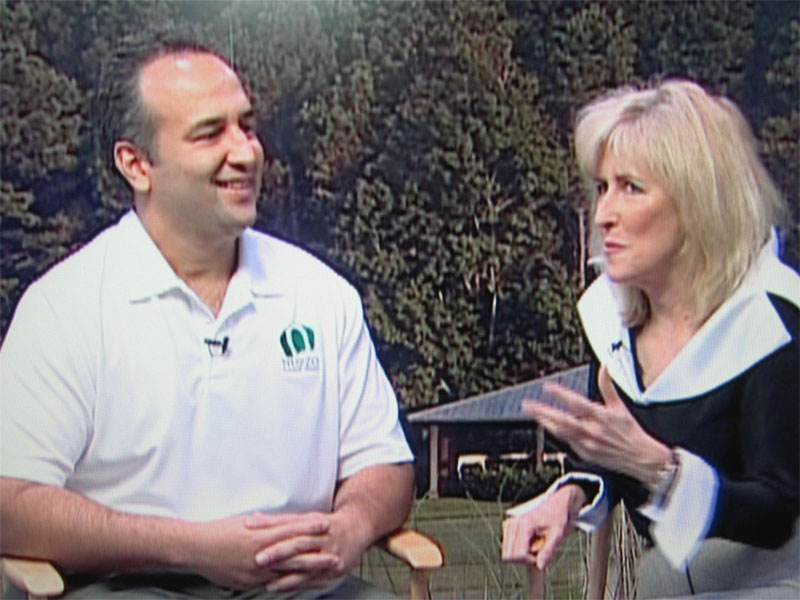 I had a very enjoyable day at Wolf Point yesterday. The big surprise for me was the new dramatic view pictured above. The big clubhouse is taking shape and the first floor is in place - so I got a better elevated look across the golf course. It was the elevation and long green vista that was a beautiful revelation. The camera is looking down 18 with views of the 14th & 17th greens, with the 17th fairway disappearing in the distance.
I had a very enjoyable day at Wolf Point yesterday. The big surprise for me was the new dramatic view pictured above. The big clubhouse is taking shape and the first floor is in place - so I got a better elevated look across the golf course. It was the elevation and long green vista that was a beautiful revelation. The camera is looking down 18 with views of the 14th & 17th greens, with the 17th fairway disappearing in the distance.Also of note we had a new visitor who has had a very accomplished career that involved 30 years of design, construction and maintenance. Unprompted she thought the open areas resembled Scotland. She commented on how nice the live oaks were across the site, and some very good use of them with regards to hole design. And she was also most impressed with the overall management of the construction and maintenance. Her experiences on construction sights was mostly that the outsides of the course weren't finished until way after the course was built. Lastly she said it would take her a while to get her head around the place, as it all seemed so different.
And to top it all off I spent some evening time with our client his family and friends - they were all so excited after seeing the course and its progress. I also learned our client has been chipping a bit on one of the 7th fairway. He was very pleased.







